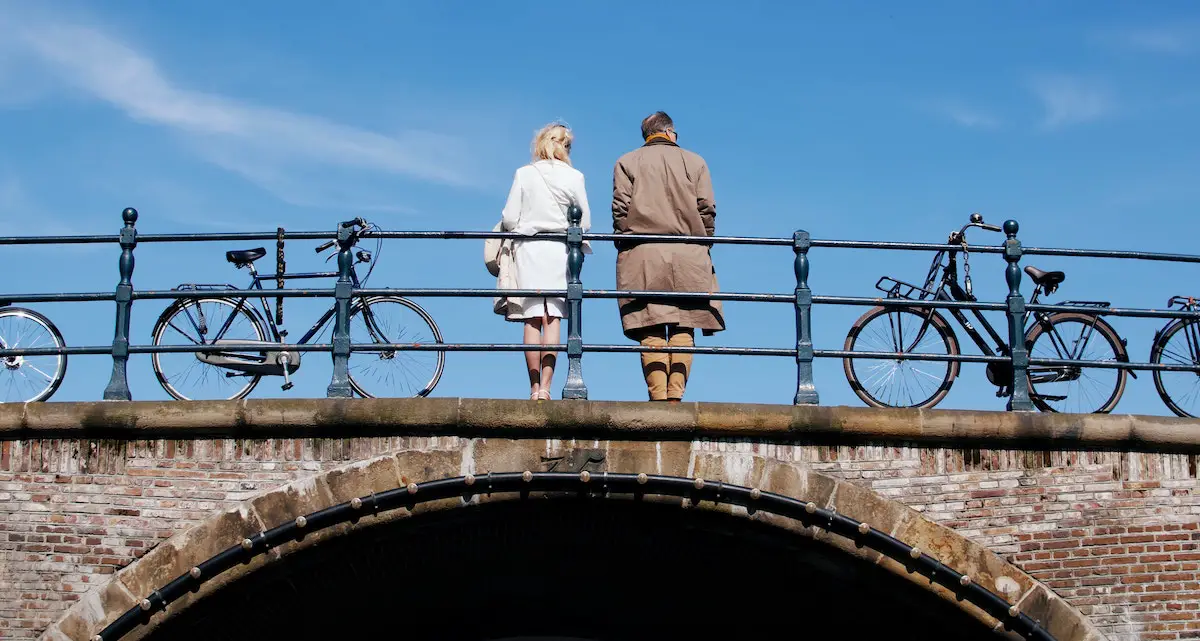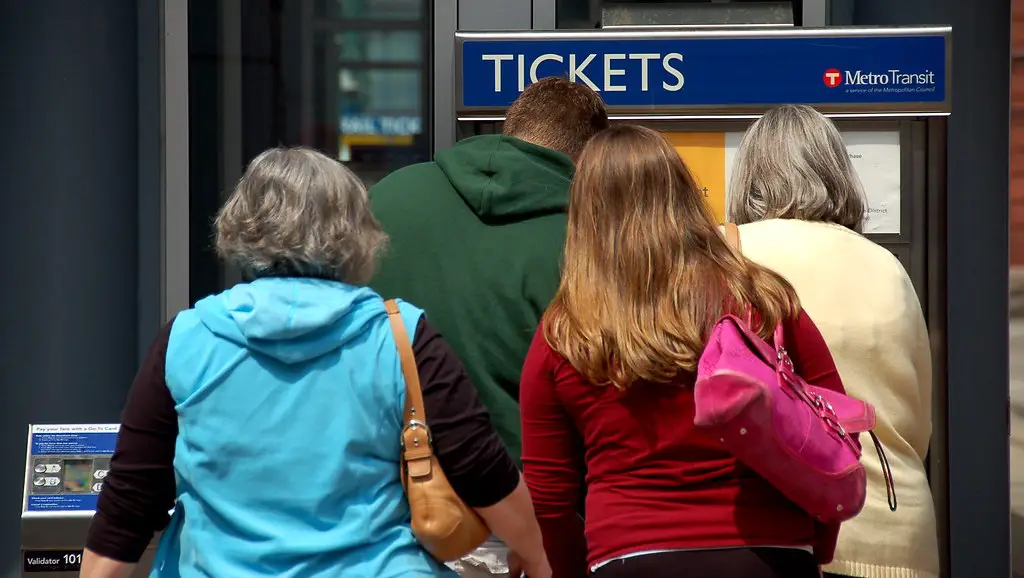London is gearing up for its next Mayoral election in May 2012, and the city’s cycling facilities will be an inevitable topic of debate. Hoping to take advantage of this potential change in London’s politics, the London Cycling Campaign will be running a single-issue campaign, handing over the decision to their members as to which issue they should choose.
After consultation with local campaigners, four issues have been selected, each with the potential to make London a more bicycle-friendly city:
1. Start Right – 100,000 more pupils cycling to school in Greater London by the end of the next mayoralty.
The lack of children cycling to school starkly illustrates the difficulties of cycling on London’s streets. Many parents and schools don’t consider it safe for their children or pupils to cycle to school (even though the risks are actually very low). A cycling to school target forces decision-makers to come up with the right mix of solutions in any given area, from lower speed limits and traffic reductions to bike lanes and tracks. Schools will have to play their part too, providing good facilities such as secure parking and cycle training. Cycling offers health and independence, and is a valuable life-skill. Cycling to school is one of the best ways to learn that skill.
2. Love thy Neighbourhood – A doubling of local journeys made by bike within the next mayoralty.
Many of our local streets throb with traffic or have been reduced to backstreet rat-runs. High volumes of motor vehicles in local neighbourhoods and residential areas discourages people from using a bike to go shopping near home or use local amenities. We’ve reached the sad situation where around half of journeys under a couple of miles are now made by car. On top of that. motor traffic has also been shown to reduce the number of neighbours we’re likely to interact with as the noise, pollution and danger drive us back into our homes. Letting your kids play in the street, as generations have done before, is now likely to receive disapproving tuts from the neighbours. High profile cycle-friendly neighbourhoods will showcase what a cycling city should look like and will inspire all neighbourhood developments to be the same in future.
3. Go Dutch – Continental best practice space for cycling on at least one major road in every borough within the next mayoralty.
Years of car-centric planning has squeezed cyclists off major routes across and between boroughs. Unsurprisingly too many people are scared to get on their bikes to use these roads due to the high volumes and speeds of motor traffic – or else they simply put up with long, circuitous and inconvenient detours. Yet planners refuse to dedicate space to cyclists because they’re wedded to outmoded thinking that prioritises motor vehicles above all else. Ensuring that people feel happy riding along London’s major roads and routes is a key barometer for how cycle-friendly our city is. That’s why the ‘Go Dutch’ campaign option calls on all authorities to ensure there is clear space, Dutch style, for cycling along major roads in every London borough.
4. Unwind – Replace London’s 10 worst one-way systems with cycle-friendly junctions within the next mayoralty.
One-way systems, or gyratories as they’re also called, were the brainchild of 1960s and 1970s urban planners. They’re designed to transport large volumes of motor traffic around urban areas at the greatest possible speed, but with no regard for the impact these road systems have on people on foot or on bikes. They’ve created a vicious circle where people feel compelled to drive because low impact modes of transport such as cycling and walking are perceived to be too dangerous. Returning one-way systems to two-way has a beneficial effect on communities, not least by reducing the road danger caused by multiple lanes of fast-moving motor vehicles. Making local journeys shorter and safer immediately attracts new people to cycling on these routes, helping reunite neighbourhoods divided by fast-moving traffic.
Each idea has the potential to improve the experience of cycling in London, though in terms of marketability alone, Go Dutch seems a front-runner. Members of the London Cycling Campaign have until July 31st to vote.
Photo: Matthew Black


